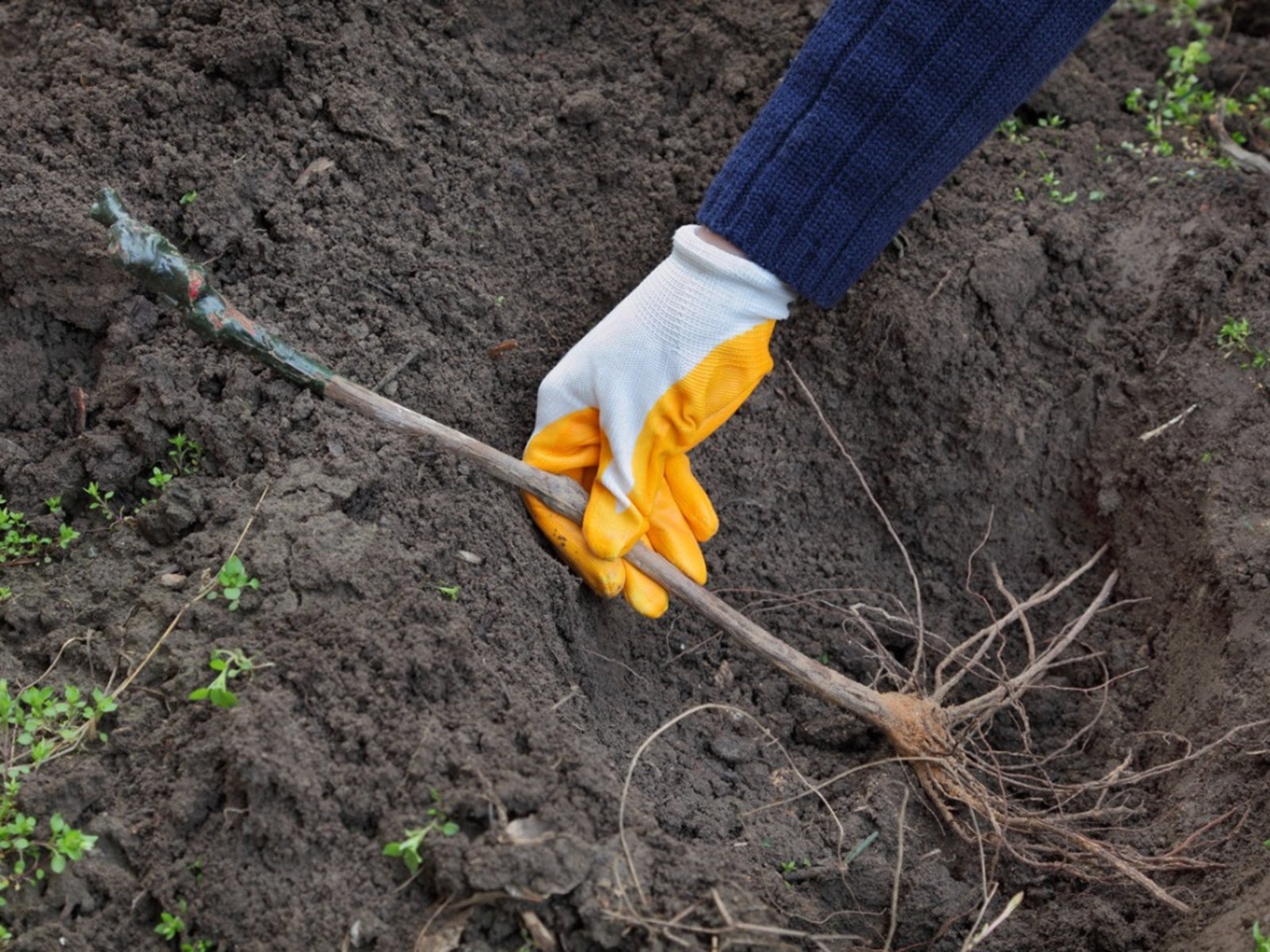Grape Nematodes: Preventing Root Knot Nematodes In Grapevines


Occasionally, we all have a plant that is not doing its best and failing for no apparent reason. We’ve inspected the entire plant and the soil and have not seen anything unusual, no pests or bugs, no signs of disease. When we remove the plant from the ground, however, we see formidable swelling and galls among the roots. This is a classic case of the root knot nematode. This article covers what to do for root knot nematodes of grapevines.
About Grape Nematodes
It not only happens with grapevines; many plants may fall victim to grape root knot nematodes as well. These plant parasitic nematodes, microscopic in size, are possibly in the soil before planting and destructive in full orchards or gardens. Root knot nematodes of grapes feed on and cause swelling in young roots and secondary roots, creating galls. These nematodes may be transported in soil, particularly waterlogged soil that rushes down hills with strong rainfall. Grape root knot nematode may exist in water as it moves. You never know if there are root knot nematodes of grapes, or other damaging nematodes, in the soil before you plant. Diagnoses of soil samples at the appropriate laboratory is the only way to know for sure. Reports from previous crops grown in the field or orchard may provide information. However, aboveground signs from nematodes are not conclusive. Symptoms such as reduced growth and vigor, weak limbs, and reduced fruiting may be the result of root knot nematodes but can be caused by other issues. Root knot nematodes of grapes display irregular damage patterns.
Root Knot Nematode Control
Root knot nematode control is often a complicated, lengthy process. Letting the ground lay fallow helps decrease the nematode population, as does planting cover crops that don’t feed the organisms, but these practices do not prevent re-infestation. Fumigation of the soil is sometimes helpful. Soil amendments such as compost or manure help produce a better crop. Likewise, proper irrigation and fertilization help vines resist damage. Keeping your grapevines healthy makes them better able to withstand the effects of grape nematodes. Beneficial nematodes may help but don’t fully get rid of them. There is no known way of preventing root knot nematodes. According to the University of Florida, the following practices can help avoid some of the damage:
- Buy resistant seeds, marked with an "N"
- Avoid moving infected soil, by hand or with farm tools
- Rotate crops and plant with those known to reduce nematode populations, such as broccoli and cauliflower
- Solarize the soil
- Amend the soil with nutritious materials, such as shellfish fertilizer
Gardening tips, videos, info and more delivered right to your inbox!
Sign up for the Gardening Know How newsletter today and receive a free copy of our e-book "How to Grow Delicious Tomatoes".

Becca Badgett was a regular contributor to Gardening Know How for ten years. Co-author of the book How to Grow an EMERGENCY Garden, Becca specializes in succulent and cactus gardening.
-
 How To Grow Seeds Quickly: 8 Expert Tricks For Fast Flowers & Crops
How To Grow Seeds Quickly: 8 Expert Tricks For Fast Flowers & CropsIt's never too late to start growing! Jump-start your flower or vegetable garden with these pro tips and tricks for germinating seeds in record time.
By Amy Grant
-
 8 Perfect Flowers To Plant With Tomatoes To Boost Yields & Banish Pests
8 Perfect Flowers To Plant With Tomatoes To Boost Yields & Banish PestsDon’t forget flowers when choosing companion plants for your tomato beds or pots. These pretty, fragrant blooms add beauty but are also highly beneficial.
By Mary Ellen Ellis